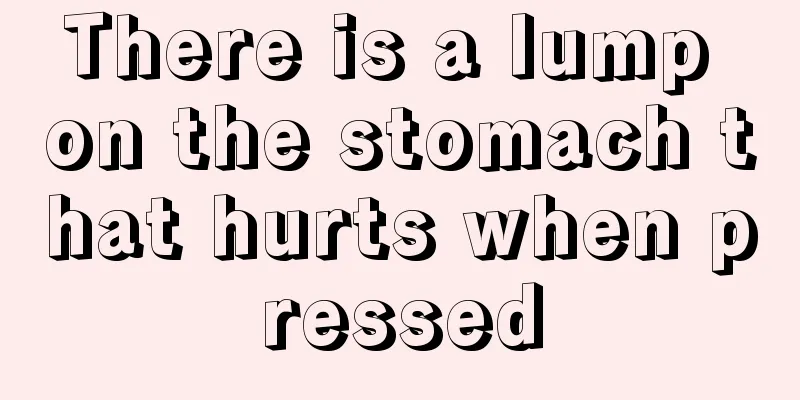#千万IP创科普# There are some tips for "awakening" a vegetative patient! Don't just blindly follow the plot in the movie!

|
The picture is from the Internet. If there is any infringement, please contact us to delete it. There is often such a scene in movies and TV dramas: In a hospital ward, a long-term comatose patient wakes up slowly when his relatives and friends cry or nag at his bedside... Is this true? Recently, the "2024 Xiamen Clinical Neuroscience Conference and Neuroendoscopy Technology Training Class, Xiamen Cerebrovascular Disease Training Class" co-organized by the Fujian Precision Medicine Technology Association, Xiamen Medical Association and Xiamen University Affiliated Zhongshan Hospital was held in Xiamen. Experts and scholars from all over the country had in-depth exchanges and sharing on the latest research results in clinical neuroscience, innovative applications of neuroendoscopy technology, and progress in the diagnosis and treatment of cerebrovascular diseases. Professor Yang Xiaofeng is the director of the emergency department and neurosurgery department of the First Affiliated Hospital of Zhejiang University School of Medicine, and the leader of the rehabilitation medicine discipline of Zhejiang University. He introduced that the plot of "awakening" a vegetative state in the movie is scientifically based. However, there are skills to "awaken" a vegetative state, and you cannot blindly learn the plot of the movie. It is not possible to "awaken" a vegetative state by simply shaking or shouting at the patient. What is a vegetative state? Professor Yang Xiaofeng introduced that, to put it simply, a vegetative state is alive, and his breathing and heartbeat are normal. It's just that he takes care of himself and can't have an effective communication with you. Maybe he can't understand you, or he can't tell you that this is the concept of a vegetative state. The brainstem function of a vegetative state exists, and it is alive. There are two criteria for determining brain death: the first is the cessation of spontaneous breathing, and the second is the disappearance of all brainstem reflexes. Therefore, there is an essential difference between a vegetative state and brain death.
Professor Yang Xiaofeng also introduced that current research has found that awakening a vegetative patient should be done in stages. In the early stages of brain damage in a vegetative patient (this is a protective period), people cannot stimulate the patient. Severe patients need analgesia and sedation to reduce metabolism. Patients with brain damage must be allowed to rest in peace. During this period, as long as the patient's intracranial pressure is controlled and the brain is supplied with nutrients to protect it well, there will always be time for repair later, and there is no need to stimulate the patient during this period. The second level is to prevent and treat the patient's complications. The third level is to repair brain damage. The treatment methods at this time include acupuncture, electrical stimulation, hyperbaric oxygen, and drug awakening. The most commonly used is "five senses stimulation", which allows relatives and friends who are close to the patient to call the patient's name at the bedside. This method is called: name-calling stimulation. Everyone has a deep memory of their own name. At this time, it is best to call the patient's name in a familiar hometown dialect. While calling the patient, you should also touch the patient. You can also put headphones on the patient's ears and play his favorite music. You can also use taste stimulation on the patient's tongue, using sour, sweet, bitter and spicy to stimulate it, and reversely activate his cerebral cortex to wake up the patient. Professor Yang Xiaofeng introduced that asking the patient's family members and relatives to help wake up the vegetative person is also a commonly used method in rehabilitation at present, and it has a scientific basis. However, remind the patient's family members not to use the wrong time, and never perform "five senses stimulation" on the patient during the acute stage of the patient's condition. At this time, the doctor is still using analgesics and sedation to treat the patient, and the patient's brain still needs protection. Shaking the patient at this time will be counterproductive and harmful to the patient. |
>>: Don’t let “popularity” hurt your “heart”
Recommend
Risks after endometrial ablation
There are many dangers after endometrial ablation...
How can girls remove beard effectively?
Many girls find that they have grown beards, whic...
How long after induced abortion can you get pregnant?
In fact, induced abortion is often performed beca...
Feeling of lower abdomen dropping
If you feel your lower abdomen dropping, you shou...
How to treat severe coldness in women
Body cold is also a hidden killer for women, whic...
Dietary considerations for breast hyperplasia
In daily diet, when it comes to breast hyperplasi...
What are the benefits of eating gray dates? How to distinguish between gray dates and Jun dates
Gray dates are rich in nutritional value and are ...
What is a cold body constitution? How to treat cold body constitution? What to eat?
Many people, especially women, are prone to feeli...
What happens if you don't rest during a biochemical pregnancy?
What happens if an ectopic pregnancy is not treat...
Can you always use pregnancy skin care products
Nowadays, more and more women realize that they s...
What are the dangers of excessive menstruation?
Mature women have menstruation every month. The a...
Protect your baby's skin in winter: Tips for winter children's skin care
Author: Mao Chong Sichuan Provincial People's...
Can the shape of a pregnant woman’s belly accurately predict the gender of the baby?
Most pregnant women are very curious about whethe...
Treatment of third degree cervical erosion
I believe everyone knows the importance of the ce...









![[Doctors Talk About Medicine] Do a good job of early screening to prevent digestive tract tumors from hiding](/upload/images/67f161a0aef82.webp)